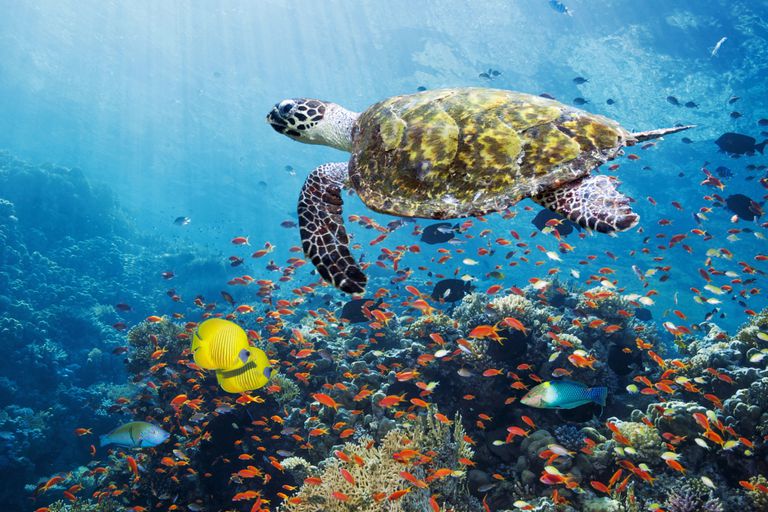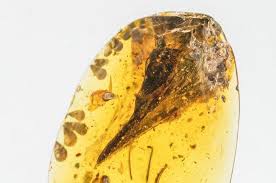
Stationary populaces of Earth’s soonest creatures may have been associated with long filaments in a 500 million-year-old example of a social network, researchers say.
The filaments were found in fossils of marine animals called rangeomorphs in eastern Newfoundland, as indicated by a report published in the journal Current Biology.
Rangeomorphs lived somewhere in the range of 571 and 539 million years prior close to the finish of the Ediacaran period when communities of complex organisms first began to show up.
Fossils recommend the fern-like organisms lacked mouths, organs or a means of moving, specialists say. The filaments may clarify how the organisms had the option to imitate so immediately, said Alex Liu, a paleobiologist at the University of Cambridge and the study’s lead author.
“These organisms seem to have been able to quickly colonize the seafloor, and we often see one dominant species on these fossil beds, Liu said in a Cambridge University release. “How this happens ecologically has been a longstanding question — these filaments may explain how they were able to do that.”
The researchers said the filaments were typically two to 40 centimeters in length, with the longest measuring more than four meters and seem to have been adaptable.
As indicated by the study, comparative filaments in existing marine species “typically fulfill stabilization, defense, nutrient transport, or (asexual) reproductive roles” and hypothesized that the equivalent could be valid for the rangeomorph structures.
The filaments were meager to such an extent that prior studies missed them, yet the Newfoundland fossils are especially all around protected, as indicated by the report titled “Filamentous Connections between Ediacaran Fronds.”
Liu said he had read rangeomorphs for over 10 years and the fibers were an astonishment.
“We’ve always looked at these organisms as individuals, but we’ve now found that several individual members of the same species can be linked by these filaments, like a real-life social network,” Liu said. “We may now need to reassess earlier studies into how these organisms interacted, and particularly how they competed for space and resources on the ocean floor.”
Disclaimer: The views, suggestions, and opinions expressed here are the sole responsibility of the experts. No Opinion Bulletin journalist was involved in the writing and production of this article.



